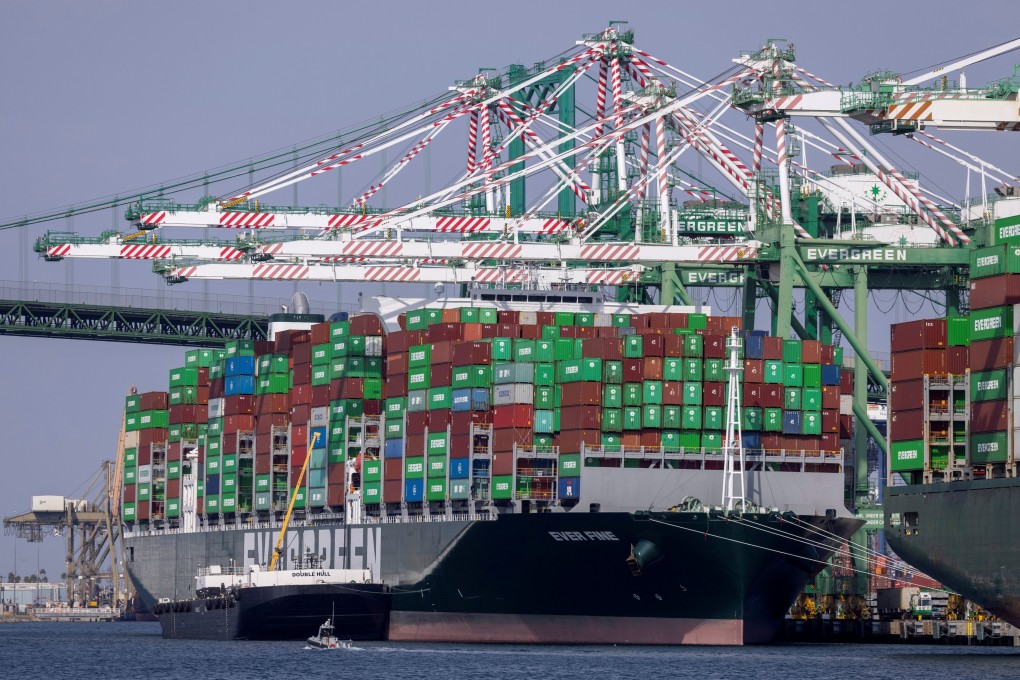Macroscope | The global supply chain crisis isn’t as bad as it looks
- If 2021 marks the year of the supply chain crisis, 2022 could easily end up as the year of oversupply
- Amid volatile inventory cycles and uncertain demand conditions, central banks must be careful not to upset the markets with gratuitous rate hikes

Central banks have been accused of sitting on the fence, but patience may prove a virtue in the present circumstances. There’s a good chance of sustainable recovery being achieved, but growth prospects still need nurturing and the last thing the global economy needs is gratuitous, over-reactive interest rate hikes.
Supply-chain constraints have been weighing heavily on the global economic mood but this could change quite dramatically in the coming months. Judging by the positive way that global equity markets are moving, they may already be ahead of the game in anticipating better times.
The next phase of the supply chain crisis could easily be too much of everything as manufacturers respond to the shortages by stepping up production. It’s the logical reaction, and basic economics: supply falls short of what’s needed, prices rise and producers respond by boosting output to cash in.
Instinctively, manufacturers see a market opportunity and step in to fill the gap. While short-term lags are causing temporary supply chain disruptions, these will eventually disappear.
